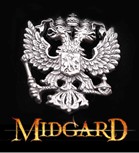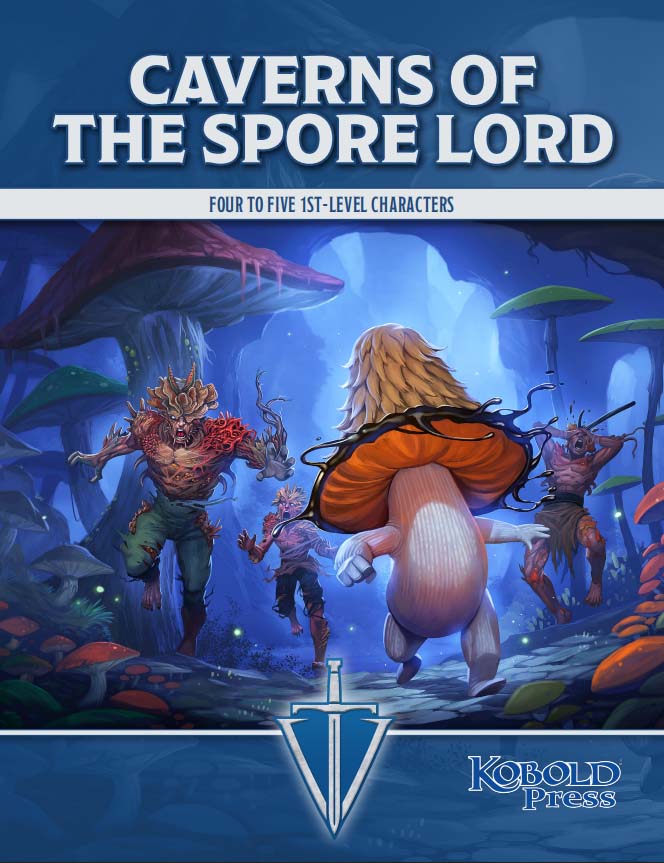 Read, if you will, the story of a gearforged champion, a broad-bodied steel construct containing the dwarf soul of Borger Limeline. Champion Borger became fascinated by adornment shortly after his creation. He tried wearing clothes, but that proved impractical and brought stares of disapproval wherever he went.
Read, if you will, the story of a gearforged champion, a broad-bodied steel construct containing the dwarf soul of Borger Limeline. Champion Borger became fascinated by adornment shortly after his creation. He tried wearing clothes, but that proved impractical and brought stares of disapproval wherever he went.
During Springmelt, he marched south with his former fellows from the Ironcrags for the mustering of free companies in Melana. While he was there, he saw an impressive sight—the affluent company captains and those of the nobility often wore suits of plate armor decorated with engravings of intricate designs or lacquered to retain brilliant colors of paint and stain. There were other decorative techniques, too, such as chiseling and embossing.
If such things could be done to armor, he realized, surely his metal skin could be altered in similar fashion.
But when Borger inquired as to how this work was done, he was rebuffed. None of his coin nor his former social rank mattered here.
Hirschberg’s “Rose”
Enter Ruzenka Bouts, an elfmarked metal engraver and etcher, who had just completed her apprenticeship but was finding it difficult to acquire clients for her own shop. Hirschberg had no shortage of metalworkers. And in a city that values efficiency over artistry, no one was interested in the artistic flourishes she considered the most distinctive element of her work. She contributed an occasional etching for the burgeoning printing industry, but that neither paid well nor was regular enough to enhance her reputation among larger manufacturers.
At this point, Borger walked through her front door. He’d come north from the Seven Cities determined to find an artisan willing to engrave or emboss his chassis. He hoped in the Grand Duchy, which had more relaxed views about status, he could find a more sympathetic ear.
Ruzenka was intrigued, but would not accept Borger’s coin. Instead, she said she would do it if Borger would agree to be a walking “advertisement” of her work for a period afterward.
She thought: If this gearforged wanted his metalwork adorned, maybe others would too? This could be the start of a new business.
If nothing else, it was a single opportunity to express the artistic side of her nature.
First, though, there would have to be a period of experimentation. Borger agreed. As desperate as he was for adornment, he didn’t want a shoddy job. So, for weeks, Ruzenka worked out designs and patterns on spare metal parts and on joint pieces. She learned how to expand her repertoire of etching to include other techniques, such as pointilla (decorating with punched holes) and staining and tinting, of incorporating silver and bronze filigree.
Finally, Borger and Ruzenka settled on a design. Something modest, at first, an engraving of rose and thorns on his shoulder piece, tinted with green and red. The work exceeded Borger’s expectations, and he pronounced it finer work than any he’d seen decorating the armor of the Seven Cities mercenaries. Ruzenka was embarrassed by the praise, until she realized it was probably the closest the gearforged could come to shedding tears of joy.
Finding a Clientele
At first, Borger was considered a curiosity—something to gawk at. He didn’t care. He strutted as proud as a peacock. He made the rounds through town, then, at Ruzenka’s urging, took trips to Reywald and Bad Solitz to generate more interest. He visited tattoo parlors, hoping they would identify his work as kindred, and asked them to spread the word about Ruzenka’s shop. And he also visited the jousting yards. If Ruzenka could do this work on his body, he said, imagine what she could do for a suit of armor.
Word spread slowly, but it did spread. The first gearforged customers were tentative in their approach and wanted nothing so elaborate as Borger’s work. But Rose tried to satisfy their requests, encouraging them to explore grander, more intricate designs. And she made a deal with a neighboring armorer to provide “refunds”—essentially bare body pieces to replace those that Ruzenka had etched, should they become dissatisfied with the work. The number of “refunds” were few and far between, however.
The Rose and the Gear
Borger settled in Hirschberg, and over time, had Ruzunka add more adornments. He found that assisting Ruzenka in her shop a more rewarding (not to mention, safer) existence. And she found insights into gearforged psychology that informed her work. Together they built up the business. Soon they were employing their own armorers, so they could provide their own customized plates that better took her etching techniques. And even more satisfying, artisans were petitioning Ruzenka to apprentice under her. Even members of the elfmarked nobility were patrons. And gearforged, hearing of this wonder, would travel across Midgard to have “The Rose” do the adornment.
So that’s where it stands today. In the Grand Duchy, the place to go for decorated armor or gearforged etchings is the Rose and the Gear.

